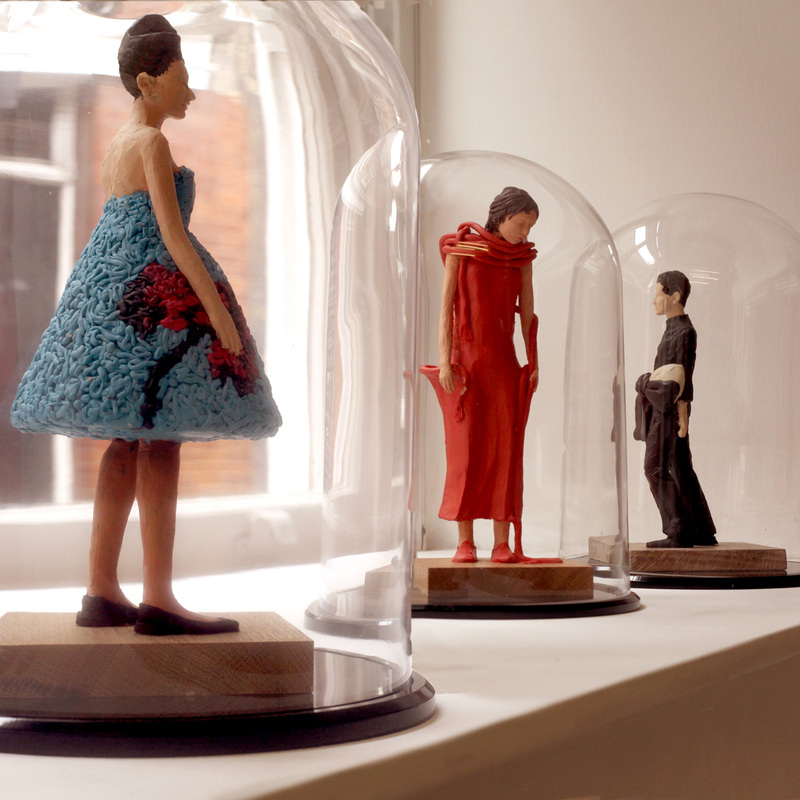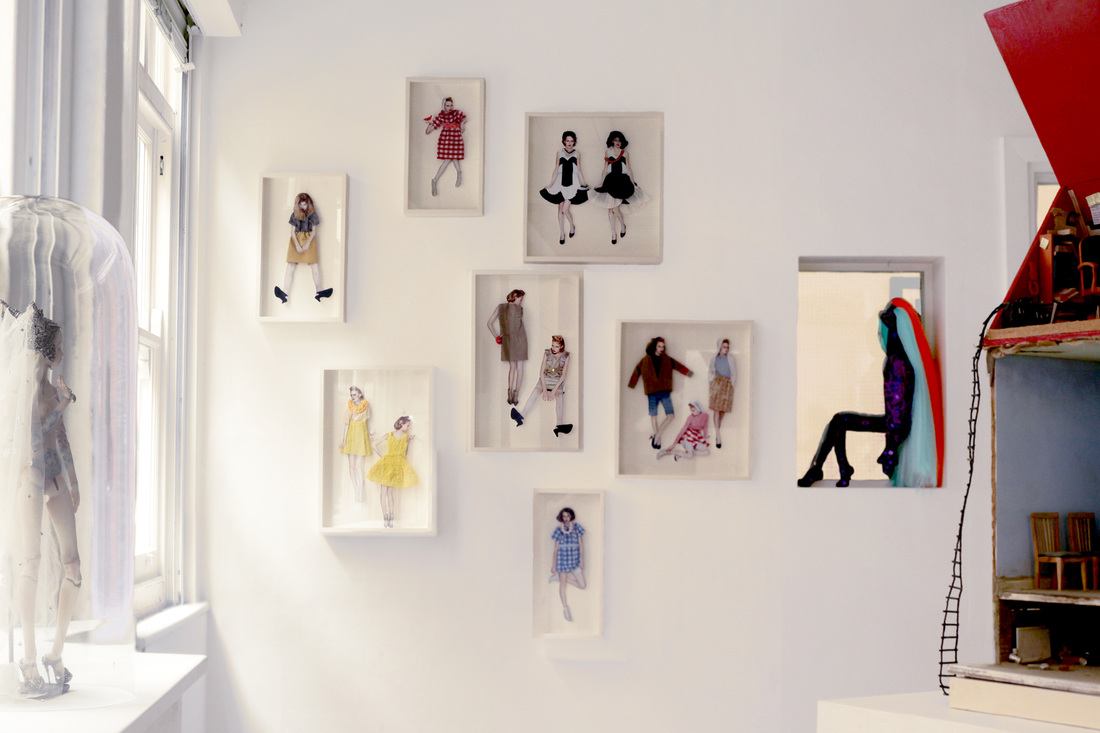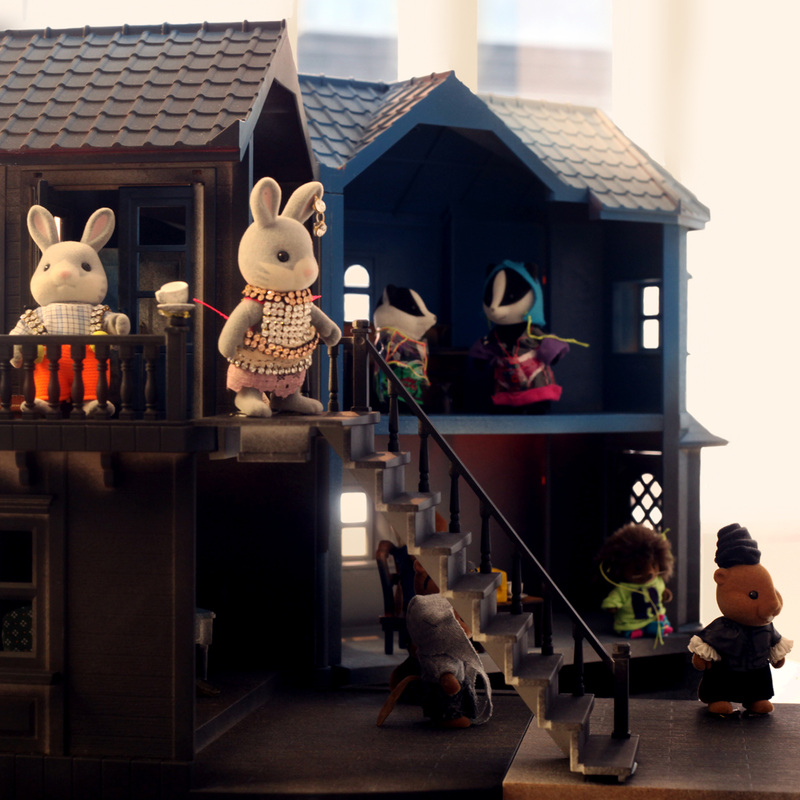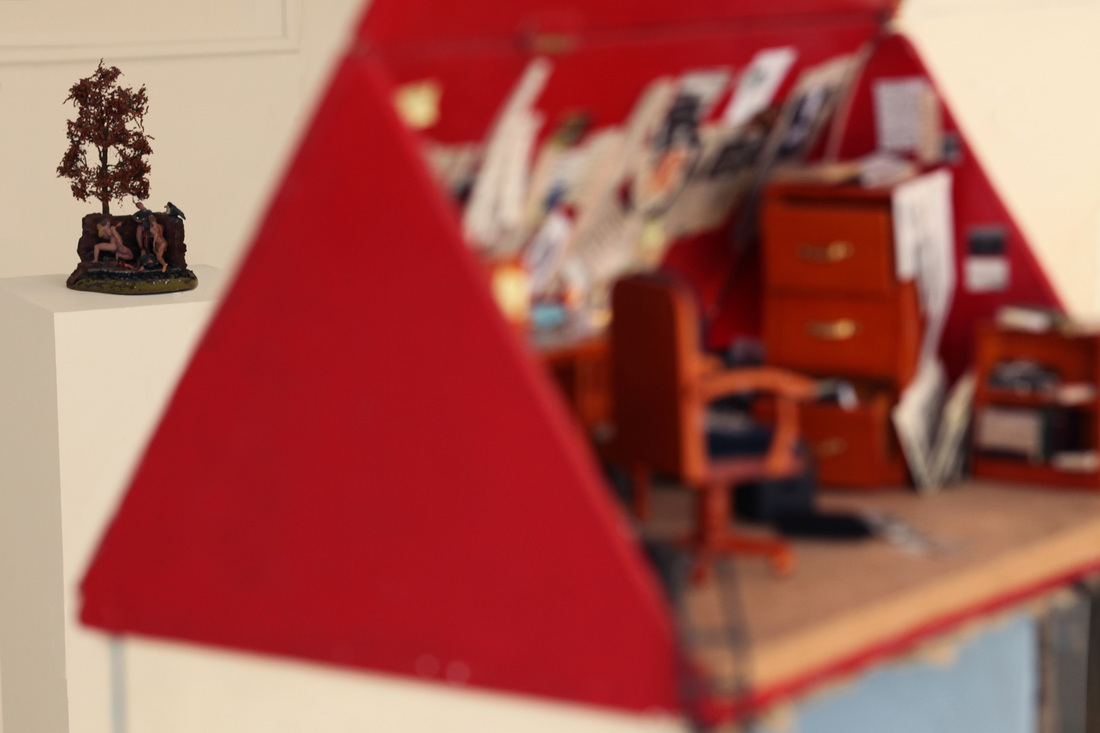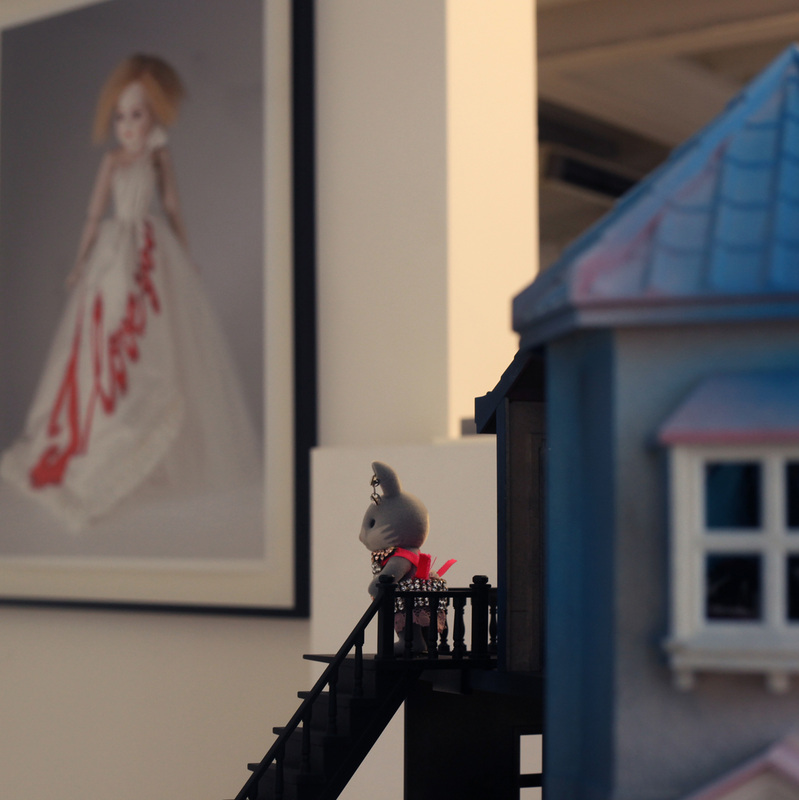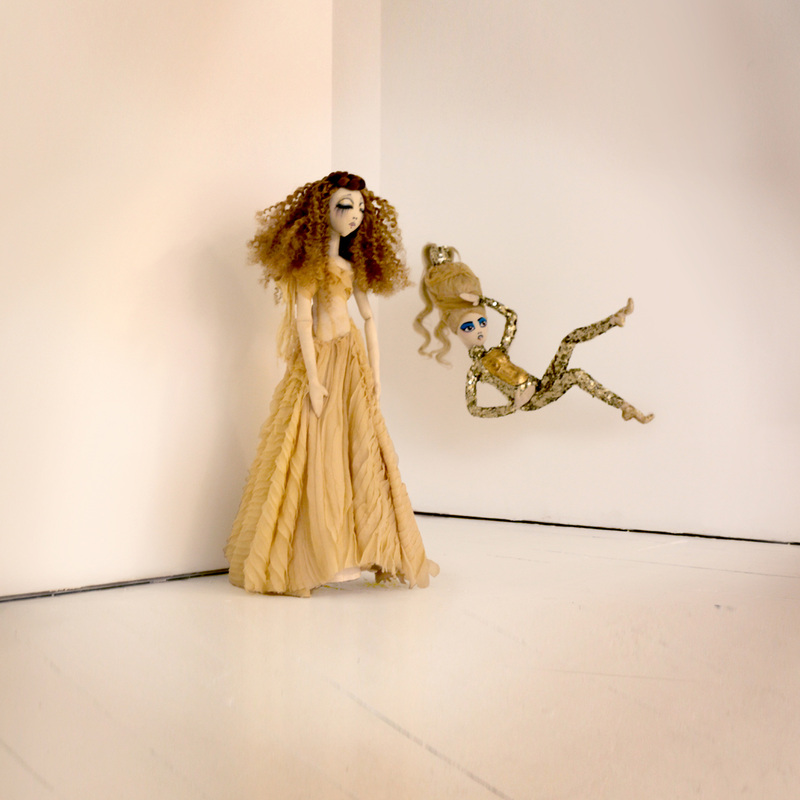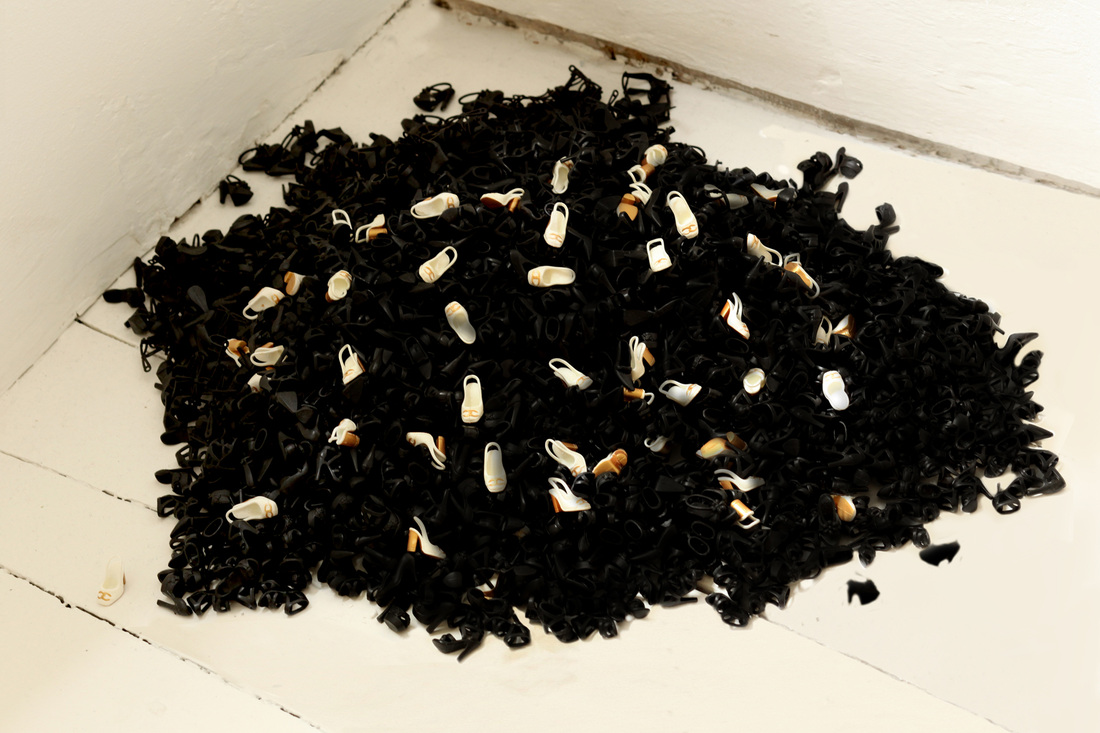In Wolves Clothing
Collecting Drama - Hedreen Gallery, Lee Center for the Arts, Seattle, WA
In Wolves Clothing
SHOWstudio, Bruton Place, London
Artist: Michael Baumgarten, Barbie, Marina Bychkova, Nancy Fouts, Emma Gibson, Nick Knight, Laurie Simmons & Peter Jensen, Lone Siggurdson, Viktor & Rolf and Andrew Yang, Maria Cristina Carbonell, Jake and Dinos Chapman, Desiree Holman, and Lauren Kelley
Run of show: September 9 - October 30, 2010
Venue: SHOWstudio, Bruton Place, London
Curious to investigate the use of Dolls in Art and Fashion, Carrie Scott and Nick Knight, creative director of SHOWstudio.com and famed Fashion Photographer, co-curated an exhibition titled In Wolves Clothing: Re-imagining the Doll. Running from 9th September to 30th October 2010 the exhibition includes work by Michael Baumgarten, Barbie, Marina Bychkova, Nancy Fouts, Emma Gibson, Nick Knight, Laurie Simmons & Peter Jensen, Lone Siggurdson, Viktor & Rolf and Andrew Yang, Maria Cristina Carbonell, Jake and Dinos Chapman, Desiree Holman, and Lauren Kelley featured in the screening room. In tandem with the physical exhibition, SHOWstudio.com broadcast performances from the LiveStudio in Bruton Place by Wendy Bevan, Rubbish Finger Puppets and others.
Since early human civilization our fascination with creating human replicas has endured. In ancient times, representational monuments to deities took shape on both human and miniature scale rendered from stone, clay, wood, bone, and cloth. The handheld of these replicas quickly evolved from godly matter into child’s play. Crafted from paper, porcelain, china, rubber, and plastic, the toy doll became a symbol of status as well as means to imagine a world outside of one’s own. But it was not until dolls broke into the spheres of high art in the 20th century did they take on their most polemical role as a platform to feature controversial contemporary issues. Most famously, Hans Belmer’s surrealistic dolls — complete with interchangeable limbs — stood in opposition to Nazi idolization of a perfect Aryan body. Forty years later Manhattanite Greer Lankton’s theatrical window displays of drug addicted, anorexic fashion dolls became totems to the dysfunction in mainstream media.
Today, high art and high fashion’s enthralment with the doll as a medium with a message continues. From Matell’s Barbie who has literally — albeit unexpectedly — pioneered high-powered jobs for woman over the last sixty years to the newly celebrated Enchanted Doll by Marina Bychkova telling a tale of vulnerability beneath layers of elaborate costuming, the art form continues to be a metaphor of personal identity. Able to freely explore the beautiful, the bizarre, and the grotesque all at once with flexibility that an actual human cannot, the doll has essentially become a modern deity for contemporary problems, a platform on which to stitch a story.
Laurie Simmons and Peter Jensen unite forces for instance to create paper dolls taken from Simmons’ doll-like photographs of models embroidered in Jensen’s graphic outfits. Similarly Viktor & Rolf use surrealist figurines to don scaled-down couture complete with the perfect embroidery, print, and accessories. Lone Siggurdson also utilizes the miniature as a means to portray high fashion, but instead intricately moulds plasticine figurines clothed in designs by Comme des Garcons and Hussein Chalayan — to name a few. Similarly, Nancy Fouts bedecks canvases with worn vintage puppets that tell a tired, haunting story of years gone by while Emma Gibson carves slightly ambiguous forms into the shape of a dolls house that represent the search for identity in our complicated society. Michael Baumgarten and Nick Knight distil a haunting balance between human and doll in photographs that eerily walk the line between real-life and imagination. Into all of this, Rubbish Finger puppets and Andrew Yang inject soft playfulness back into the doll-ed terrain with their hand-stitched tributes to famous fashion figures around the world.
Simultaneously childhood plaything and polemic palimpsest, our shifting perceptions of the doll are articulated in this exhibition by a host of contemporary artists and creatives. A totem of innocence trussed up in the suggestive trappings of high-octane fashion, the approaches of these practitioners to the doll sum up the paradox of a sheep in wolves' clothing.



